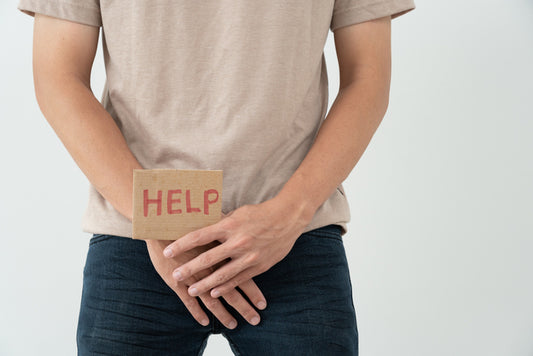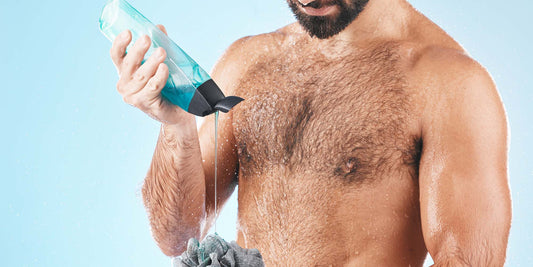It has always surprised me how little information is given to new parents about how to keep their son’s genitals clean. Good hygiene is never something to be embarrassed about. Who wants their son to grow up with bad genital hygiene? So, what should we be doing to help the next generation have optimum genital health?
Newborns
When babies are born, it can take up to 9 months for their skin to mature and have the same barrier function and pH as adult skin. So, for those first few months, you need to be particularly careful of what you put on your baby’s skin. It is safest to clean with just water. And if using skin creams, use ones specifically designed for newborns.
Baby boys who are not circumcised have a foreskin. This is like a sleeve of skin that covers the tip of the penis. In the first few years of life, be gentle. This foreskin is attached to the penis, so you should not try and forcefully pull it back or you could cause damage and scarring. Just wash the penis gently with water during each bath.
If your un-circumcised baby boy cries with pain when he wets his nappy or if his foreskin fills with urine or looks like a balloon when he wees, his foreskin could be too tight (phimosis) and you need to see a doctor. Also see a doctor if your little boy’s foreskin looks red or swollen.
Some boy babies are circumcised (ie have their foreskin surgically removed) very soon after birth. The medical professional who performed the procedure will give new parents information on how to clean the penis while it heals. After it has healed, just clean gently with lukewarm water.
Young boys
As boys grow, if they have a foreskin, it will start to separate from the tip of the penis. This is called ‘retraction’. This can happen at different ages for different boys. Most boys can retract their foreskin a little bit before they are 5 years old. About 50% of boys can retract their foreskin fully by the time they are 10, and 99% can by the time they are 16.
As soon as the foreskin retracts even a little bit, boys should get used to cleaning under it. Because the foreskin is like a sleeve, if the area under it is not cleaned, dirt, urine and germs can get trapped under it, leading to possible complications (like balanitis and phimosis).
Once his foreskin retracts at all and your son can bathe himself, at bath time, teach your son to gently retract his foreskin and clean the area under it with water. Your son should really be the first person to retract his own foreskin. If he is using soap to clean his penis and under his foreskin, it should be a gentle one and the soap needs to be completely rinsed off. The foreskin always needs to be gently returned to its position covering the tip of the penis after cleaning, otherwise your son could develop a condition called paraphimosis.
When little boys are toilet trained, they should also be taught to gently retract their foreskin before passing urine. As they get older, the foreskin should be able to be retracted so that the meatus (the hole in the top of the penis where urine comes out) can be seen. This will stop urine from building up under the foreskin causing irritation and possible infection. When he has finished urinating and the tip of the penis is dry, he should gently replace his foreskin to cover the tip of his penis.
Puberty
As a natural part of puberty, your son will start producing more oils in the skin of his genital area. This can lead to a build-up of smegma. Smegma is a white cheesy looking substance made up of oils, sweat and old skin cells. If smegma is not cleaned away regularly from under the foreskin, bacteria can grow in it. This can lead to bad smells and infections and it can contribute to conditions like balanitis and phimosis. From puberty, boys need to be cleaning under their foreskins as part of their daily hygiene routine.
We all want our sons to be clean, so it is important that we teach them how to do this safely.








